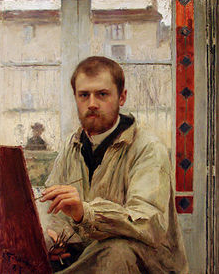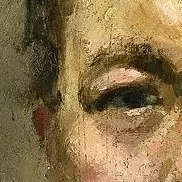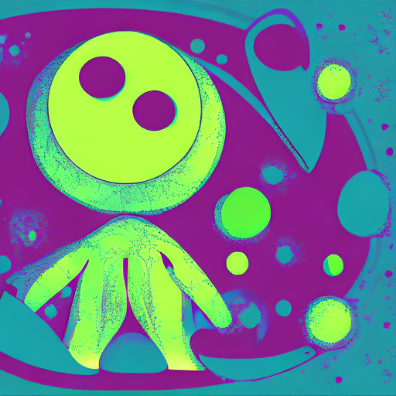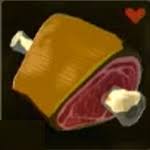Looks so modern
Agreed. It’s the man’s beard that gives me “modern” vibes
The work on the skin here is so accurate. Their faces look ruddy, as if crying or exhausted. Great detail!
Obligatory, thanks for posting this, I’ve never seen it before and I love it. (I feel like I say that so much I need an abbreviation. Perhaps TFPTINSIBAILI? It kinda looks like Tennisball… maybe that would be better.)
Anyway, I did some research…
If you go here https://association-emile-friant.fr/index.php/en/november-2021, you can see even more detail. It shows the woman is actually wearing a veil, as if at a funeral. There is also an interesting interpretation of the piece, although a little too “this is what you’re looking at” for my liking.
The Franco-Prussian War
In case you didn’t know (because I didn’t know until this research), Prussia basically means Germany. Prussia began as a united group of kingdoms occupying parts of today’s northern Germany.
And they had this really smart Chancellor, Otto von Bismarck, who had risen through the ranks of the political structure of Prussia. This chancellor wanted to add more German kingdoms to Prussia, so what did he do? He provoked Napoleon III (Napoleon’s Nephew) into starting a war with Prussia over areas formerly held by the Austrian Empire.
And France took the bait. If you can believe it, they invaded Prussia! So what did Prussia do? They mobilized their army quickly and invaded Northeastern France, near Dieuze, where the artist, Friant, was living at the time.
Friant
Friant grew up with his parents, in Dieuze. His mother was a dressmaker, and one of her best customers was a rich couple (the Parisots) who never had any children of their own. When Prussian forces invaded, the Parisots took Friant while his parents stayed behind, and fled to another city, called Nancy. His parents would come later, but the Parisots semi-adopted young Friant. This gave him unprecedented access to cameras, which he used to aid him in his art.
During this time Nancy quickly became known as the second home of art (after Paris), because the invasion caused many French to come to the area. This was during the Art Nouveau period.
Friant painted a self-portrait at 15 and became a minor celebrity in art circles.
This is the self-portrait:

He would go on to wow the Salon and win many prizes. He finished his career as a teacher.
Pompeii
In 79 AD about 2 hours southeast of Rome, Mount Vesuvius erupted. The sun couldn’t be seen through the ash clouds. Pompeii was right in the path of the ash. It literally rained fire and brimstone for days. Pompeii was buried under 20ft of ash.
For 1500 years it sat, dormant and mostly undisturbed. It was rediscovered by accident in the 1500s, but kept secret so the erection of an aqueduct could continue unfettered. Official excavations began in the 1600s, uncovering art of the classical period. The discovery became an essential part of the “Grand Tour” (a trip wealthy students would take to visit cities in France and Italy to study art).
Because of these discoveries, and as a reaction to the lavish ornamentation of the Baroque, Neoclassicism was born. A rededication to the simplicity, realism and symmetry of classical art.
This piece has elements of both Baroque and Neoclassicism. The drama of the Baroque and style of Neoclassical. You might even call it part of the Pre-Raphaelite Brotherhood movement (the emo of art styles) if it was 20 years earlier and british.
- https://en.wikipedia.org/wiki/Émile_Friant
- https://en.wikipedia.org/wiki/Franco-Prussian_War
- https://en.wikipedia.org/wiki/Émile_Friant
- https://en.wikipedia.org/wiki/Austro-Prussian_War
- https://rehs.com/eng/default-19th20th-century-artist-bio-page/?fl_builder&artist_no=115&sold=1
- https://en.wikipedia.org/wiki/Pompeii#Rediscovery_and_excavations
- https://en.wikipedia.org/wiki/Neoclassicism
- https://www.metmuseum.org/toah/hd/grtr/hd_grtr.htm
- https://en.wikipedia.org/wiki/Pre-Raphaelite_Brotherhood




